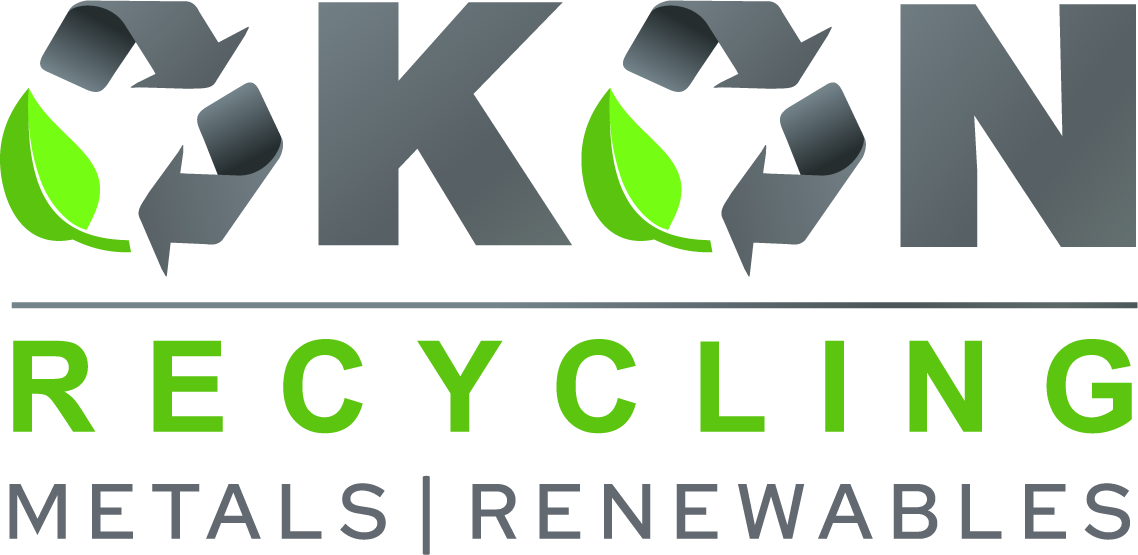5901 Botham Jean Blvd, Dallas, TX 75215
Your Ultimate Scrap Copper Valuation Guide
February 7, 2025Did you know that understanding scrap copper valuation could unlock hidden profits in your garage, workshop, or job site?
In the current recycling industry, sellers who stay informed can turn discarded copper into valuable assets. But with prices fluctuating daily, navigating the market requires knowledge and strategy.
Companies like Okon Recycling play a crucial role in helping businesses and individuals maximize the value of their scrap copper. As a trusted name in industrial metal recycling, Okon ensures that copper—whether bare bright, #1, or insulated wire—is properly sorted, processed, and priced fairly in alignment with market trends.
Take bare bright copper, for example—the gold standard of scrap metal, prized for its purity and conductivity. As of writing, it fetches around $4.00 per pound, making it one of the most lucrative metals to recycle. But the real key to profitability lies in understanding market forces—how global events, supply chain shifts, and demand surges (like the rise of electric vehicles) influence scrap copper prices.
This guide isn’t just about numbers—it’s your roadmap to mastering scrap copper valuation. We’ll break down key factors affecting pricing, how to identify high-value copper grades, and the best timing for sales to maximize your returns.
Factors Influencing Scrap Copper Prices
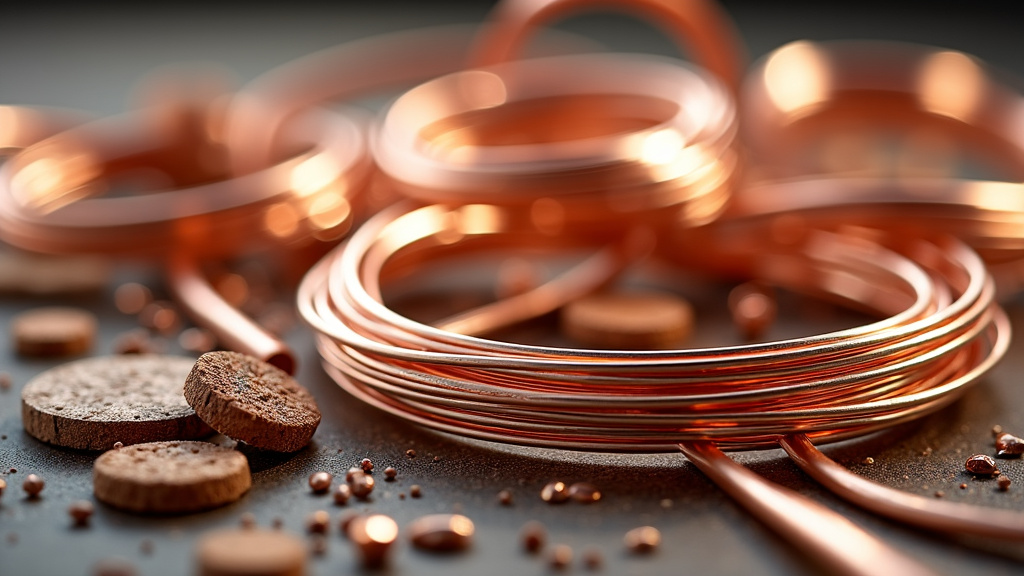
Scrap copper prices fluctuate due to various market forces. As a result, understanding these dynamics is crucial for anyone in the industry, from small-scale collectors to large recycling operations.
Market Demand: The Driving Force
The demand for copper scrap is closely tied to broader economic trends and industrial needs. Recently, there’s been a surge in demand driven by two key sectors: renewable energy and electric vehicles. These industries’ growing need for copper has increased scrap prices.
Consider the electric vehicle industry. A single electric car can contain up to 183 pounds of copper, significantly more than gasoline-powered vehicles. As major automakers shift towards electrification, the impact on copper demand is substantial.
Similarly, the push for green energy solutions has heightened copper’s importance. Solar panels, wind turbines, and energy storage systems all rely heavily on this versatile metal. The International Energy Agency projects that by 2040, renewable energy systems could drive a 40% increase in copper demand.
Production Levels: A Balancing Act
While demand pushes prices up, supply acts as a counterbalance. Copper production levels, from both mining and recycling, play a crucial role in price determination. When supply tightens, prices tend to rise, and vice versa.
Recent global events have disrupted copper production chains. Labor strikes in major copper-producing countries, along with pandemic-related slowdowns, have constrained supply. These disruptions have contributed to the recent price surge, highlighting the fragility of global supply networks.
Interestingly, about 35% of the global copper supply now comes from recycled scrap, a figure that’s steadily increasing. This shift underscores the growing importance of efficient recycling practices in meeting global demand and potentially stabilizing prices.
Economic Conditions: The Macro Perspective
Broader economic conditions heavily influence scrap copper prices. During periods of economic growth, industrial activity surges, driving up demand and prices. Conversely, economic downturns can lead to reduced consumption and price drops.
The relationship between copper prices and economic health is so strong that economists often refer to copper as “Dr. Copper” for its ability to predict economic trends. A glance at copper price charts often provides insights into global economic health.
Seasonal Changes and Global Events
Scrap copper prices are not immune to seasonal fluctuations. Construction activity, a major consumer of copper, tends to peak in warmer months, causing cyclical demand spikes. Additionally, global events can trigger rapid price movements. Natural disasters, geopolitical tensions, or sudden policy shifts can send shockwaves through the market.
For instance, recent infrastructure spending in several major economies has bolstered copper prices. Such initiatives signal increased future demand, influencing current market sentiments and pricing.
Purity: Quality Commands a Premium
Not all scrap copper is created equal. The purity of scrap significantly impacts its value. High-grade scrap, like bare bright copper wire, commands premium prices due to its quality and ease of processing. Currently, bare bright copper wire fetches about $3.50 per pound, reflecting its superior value in the recycling chain.
This price differential incentivizes proper sorting and processing of scrap copper. For recyclers, investing in efficient separation techniques can lead to substantially higher returns.
Ultimately, the scrap copper market is a dynamic ecosystem influenced by many factors. From global economic trends to the details of material purity, each element shapes prices. For those in the industry, understanding these factors is beneficial. More importantly, it’s essential for navigating the complexities of the market and maximizing value.
| Factor | Description |
|---|---|
| Supply and Demand | The balance between copper’s supply and demand significantly affects its price. Increased demand from industries like electric vehicles and renewable energy can drive up prices. |
| Currency Exchange Rates | Fluctuations in currency exchange rates, especially between the USD and Chinese Yuan, impact copper prices. |
| Global Economic Conditions | Economic growth boosts demand and prices, while downturns can decrease them. Copper is often seen as an economic indicator. |
| Political Instability and Trade Disputes | Political events can disrupt supply chains, affecting prices. Trade disputes, like those between the US and China, can also impact copper prices. |
| Market Sentiment | Investor and trader sentiment about the economy can influence copper prices. Bullish sentiment typically increases prices, while bearish sentiment can lower them. |
Understanding Different Types of Scrap Copper
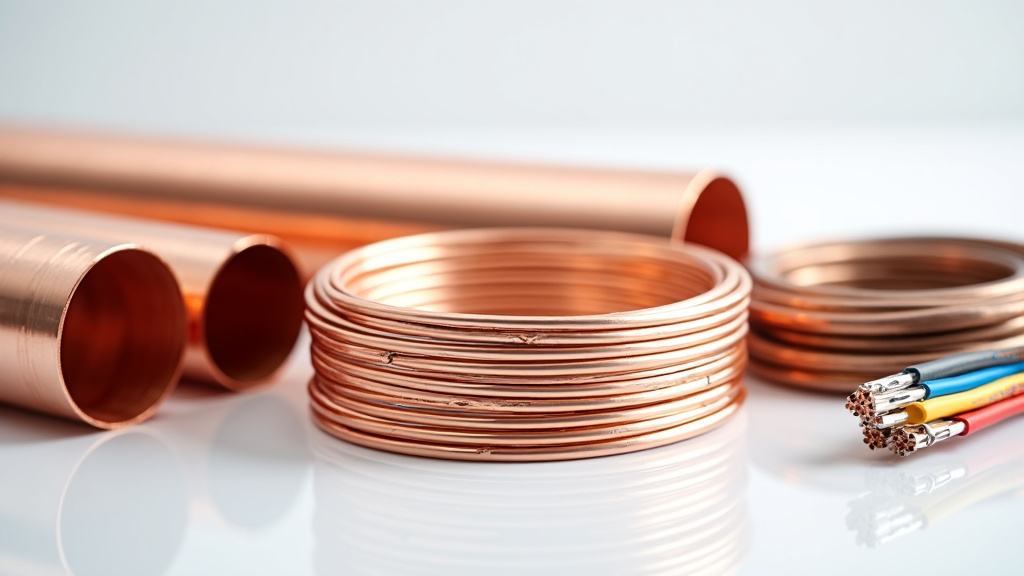
The world of scrap copper recycling is more nuanced than you might think. From gleaming bare bright wire to tangled masses of insulated cable, each type of copper scrap tells its own story – and carries its own distinct value.
At the top of the value chain sits bare bright copper. This pristine material, often salvaged from electrical installations, boasts a purity level of 99.9%. Its brilliant, untarnished surface commands premium prices, fetching up to $3.50 per pound in today’s market. For recyclers, this is the golden ticket of the copper world.
A step down, but still highly sought after, is #1 copper. This category includes clean copper pipes and wires with minimal corrosion or solder. While not quite as pure as bare bright, #1 copper still holds significant value in the recycling market. Its versatility and relatively easy processing make it a staple for scrap yards and metal recyclers alike.
The Insulated Copper Conundrum
Now, let’s tangle with a more complex category: insulated copper wire. This is where things get interesting – and potentially more profitable for the savvy recycler. Cat 5/6 cables, commonly used in computer networking, contain valuable copper cores sheathed in plastic insulation. While the insulation reduces the overall scrap value, proper processing can unlock significant returns.
Romex wire, a staple in residential electrical work, presents a similar challenge. Its plastic jacket conceals valuable copper conductors. Recyclers who invest in wire-stripping equipment can dramatically increase their profits by separating the copper from its casing.
But here’s where experience trumps enthusiasm: attempting to strip wire at home can be dangerous and often counterproductive. The potential exposure to harmful fumes and risk of injury outweigh any marginal gains in scrap value. Leave the stripping to the professionals with proper safety equipment and industrial-grade machinery.
Maximizing Your Copper Scrap Value
So, how can you ensure you’re getting top dollar for your copper haul? First and foremost, sorting is key. Take the time to separate your copper scrap by type and grade. Keep that shiny bare bright wire far away from corroded pipes or tangled masses of insulated cable. This simple step can significantly boost your payout.
Next, consider cleaning your copper. While you shouldn’t attempt to strip insulated wire, removing non-metallic attachments or debris can increase the value of your scrap. A quick wipe-down of tarnished copper can reveal its true potential and potentially bump it into a higher price bracket.
Finally, educate yourself on current market prices. Copper values fluctuate based on global demand and economic factors. Staying informed allows you to time your trips to the scrap yard for maximum profit. Don’t be afraid to shop around – different recyclers may offer varying prices for specific grades of copper.
Remember, responsible recycling isn’t just about making a quick buck. By properly sorting and processing your scrap copper, you’re contributing to a more sustainable future. Every pound of recycled copper reduces the need for energy-intensive mining operations and helps conserve our planet’s precious resources.
So, the next time you’re faced with a pile of discarded wiring or old plumbing fixtures, take a moment to appreciate the hidden value within. With a bit of knowledge and effort, you can transform that scrap into both environmental good and a healthy boost to your wallet. Now that’s a win-win scenario we can all get behind.
| Type | Description | Value (USD per pound) |
|---|---|---|
| Bare Bright Copper | Uncoated and unalloyed wire or cable, minimum 16 gauge in thickness, free from impurities | $4.00 |
| #1 Copper | Clean copper pipes and wires with minimal corrosion or solder, unalloyed and uncoated | $3.67 |
| #2 Copper | Unalloyed wire, pipe or solid metal with solder, paint, or coatings, minimum copper content of 94-96% | $3.22 |
| Sheet Copper | General scrap copper sheets | $3.02 |
Working Effectively with Scrap Yards
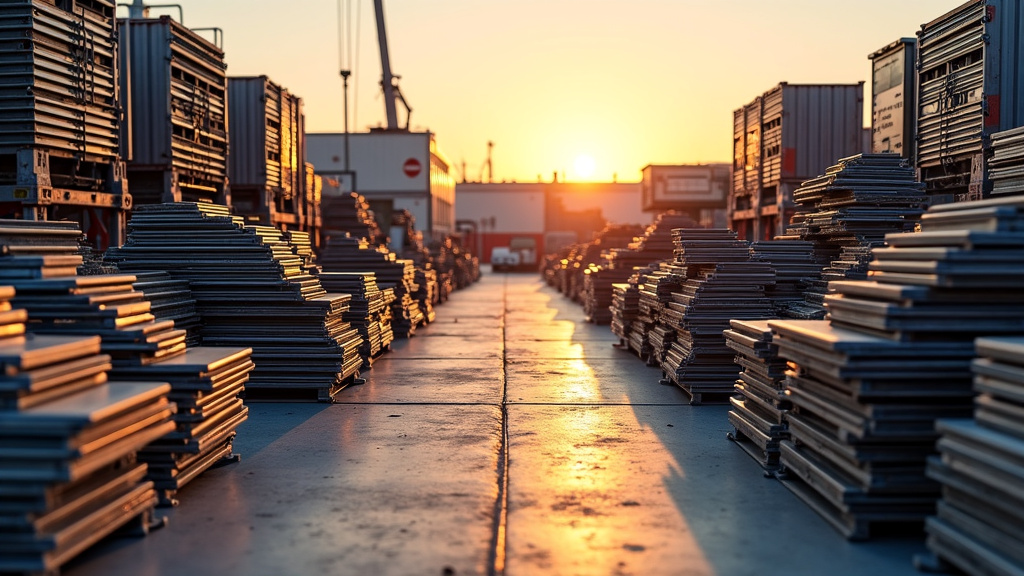
Scrap metal recycling can be a goldmine for those who know how to make the most of it. At the heart of this industry are the scrap yards – bustling hubs where metal transforms from waste to valuable commodity.
But how can you, as a scrapper, capitalize on these opportunities?
Let’s explore the essentials of working effectively with scrap yards. It’s not just about hauling in your load and hoping for the best. There’s an art to it, and those who master it can see their profits soar.
Building Relationships: Your Key to Success
Developing good relationships with scrap yard employees can open doors you didn’t even know existed. These folks are on the frontlines of the industry, privy to valuable insights about high-demand materials and pricing trends. As one industry expert puts it, “Building relationships is absolutely critical. It’s breaking down barriers that seem almost tribal.”
Navigating the Policy Maze
Here’s a truth: not all scrap yards are created equal. Each has its own set of policies, requirements, and quirks. Ignoring this fact is like walking into a minefield blindfolded – you’re bound to step on something unpleasant.
Researching and understanding these policies isn’t just a good idea; it’s crucial for maximizing your scrap value. Some yards might have specific requirements for how materials should be sorted or presented. Others might offer premium prices for certain types of scrap.
Sarah, a veteran scrapper from California, learned this lesson the hard way: “I once brought in a mixed load to a new yard without checking their policies first. Turned out they had strict sorting requirements. I ended up spending hours separating everything on-site and got a lower price for my trouble. Never made that mistake again!”
The Power of Bulk and Organization
If you want to play in the big leagues of scrapping, it’s time to think big – and organized. Bulk, well-sorted loads often receive more favorable pricing, making organization essential. It’s simple economics: the easier you make it for the yard to process your scrap, the more they’re willing to pay.
Consider investing in some basic sorting equipment and dedicating space for organizing your haul before heading to the yard. Industry insiders suggest that “sorting and organizing scrap” is a key factor in maximizing profits.
Stay Informed, Stay Ahead
The scrap metal market is as volatile as a cat in a room full of rocking chairs. Prices fluctuate based on global economic trends, supply and demand, and sometimes seemingly on a whim. Staying informed about these changes can give you a significant edge.
Make it a habit to check scrap metal prices regularly. Many yards now have websites or apps that provide up-to-date pricing information. Use these tools to your advantage, timing your trips to the yard when prices are favorable.
Remember, knowledge is power in the scrap game. The more you know about market trends, yard policies, and effective strategies, the better positioned you’ll be to maximize your profits. So, roll up your sleeves, build those relationships, organize that scrap, and get ready to turn your metal into money!
Concluding Insights: Sustainability and Profitability in Copper Recycling
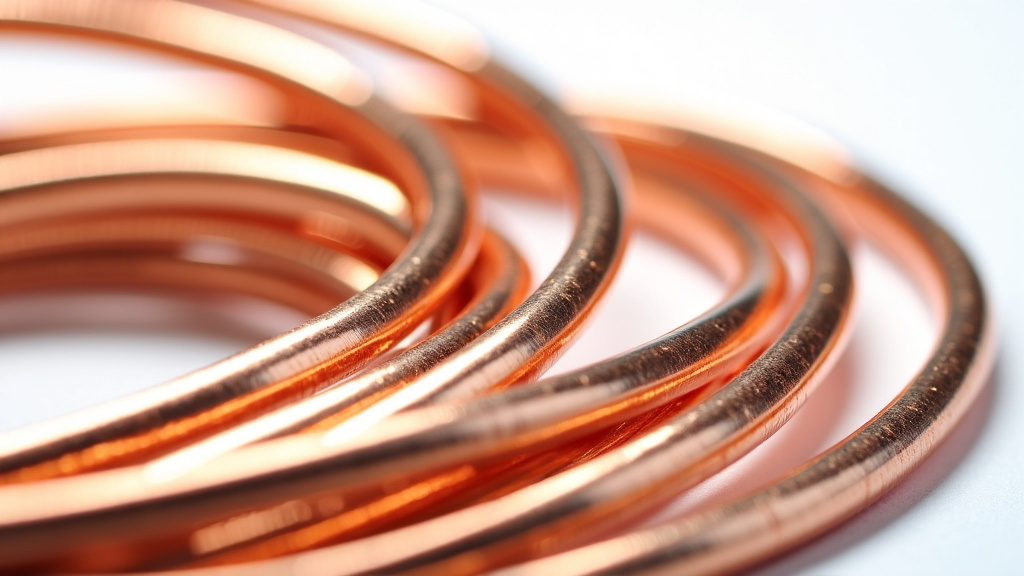
Recycling scrap copper isn’t just profitable—it’s a crucial step toward sustainability. By choosing to recycle, we reduce greenhouse gas emissions, conserve natural resources, and minimize environmental impact. It’s a win-win that forward-thinking businesses and individuals are leveraging to maximize returns while supporting a greener future.
The copper recycling market offers several opportunities to those who stay informed and build strong relationships with reputable recyclers. Keeping up with market trends, understanding copper valuation, and working with industry experts ensures both higher profits and responsible waste management.
That’s where Okon Recycling comes in.
With decades of experience in industrial metal recycling, Okon combines cutting-edge technology with deep industry expertise to help clients optimize their recycling efficiency. Whether you’re dealing with bare bright copper, insulated wire, or mixed scrap, their specialized approach ensures that you get the best possible value while contributing to environmental conservation.
Ready to turn your scrap into value? Contact Okon Recycling today at 214-426-6566 to ensure your copper is processed efficiently, sustainably, and profitably.
